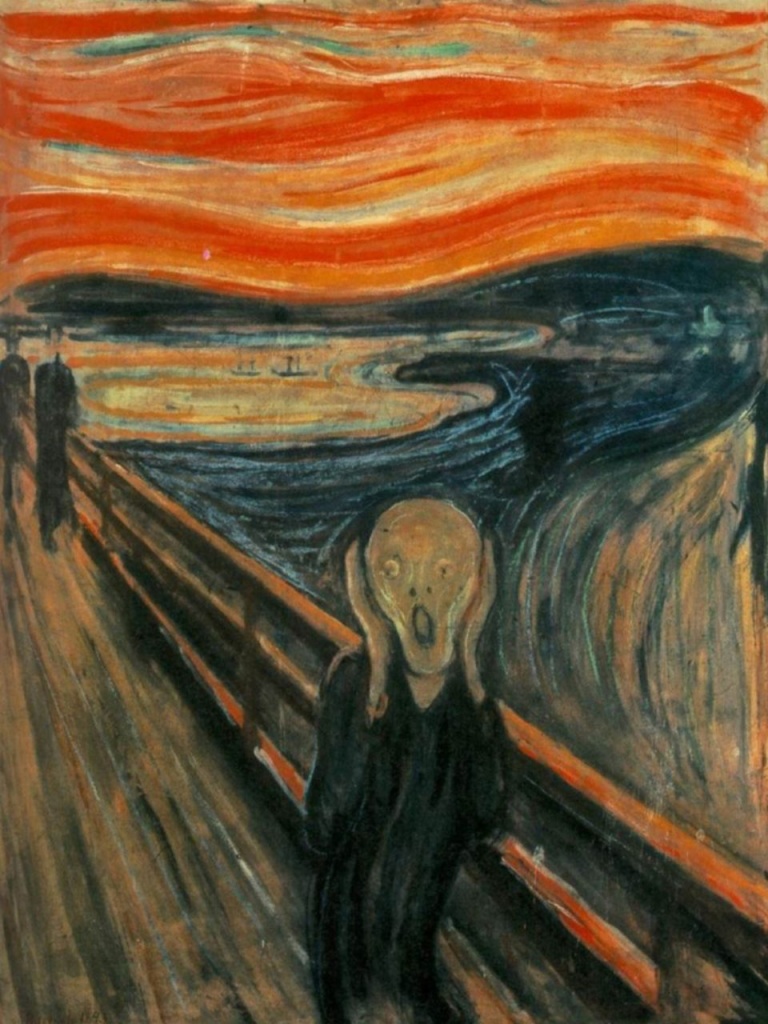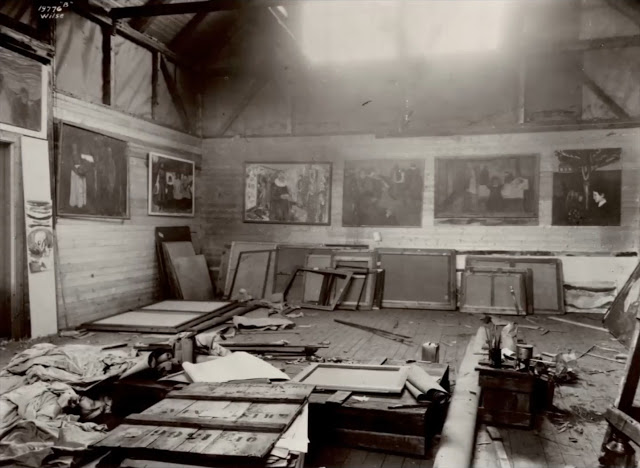Before the Scream Painting – A Brief Backstory
Edvard Munch was born December 12, 1863 in a farmhouse in the village of Ådalsbruk in Løten, United Kingdoms of Sweden and Norway. Often ill and kept out of school, Edvard would draw to keep himself occupied. He was tutored by his school mates and his aunt. His Father, Christian Munch also instructed his son in history and literature and entertained the children with vivid ghost stories and the tales of American writer Edgar Allan Poe.
In 1879, Munch enrolled in a technical college to study engineering, where he excelled in physics, chemistry and math. He learned scaled and perspective drawing, but frequent illnesses interrupted his studies. The following year, much to his father’s disappointment, Munch left the college determined to become a painter.
At this time he wrote in his diary:
I have in fact made up my mind to become a painter.
Self-Portraits – His Inner World
His self-portraits were a theme of expression throughout his career. They have been compared to Rembrandt. His first self-portrait (shown above) in 1881-82 is one of his very first surviving painting and completed at the age of 18.
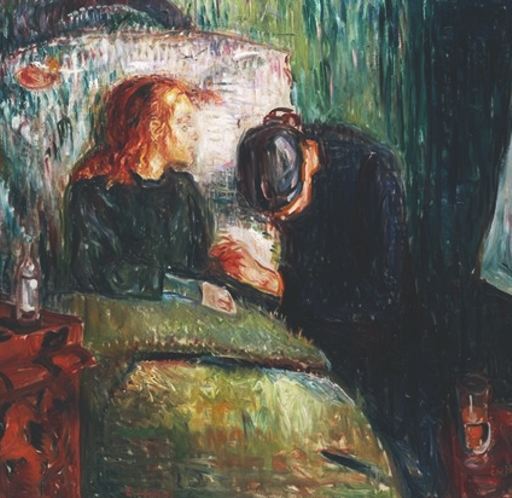
The painting received a negative response from critics and from his family, and caused a “violent outburst of moral indignation” from the community.
Throughout his life, his work remained consistent in that it expressed both his inner world and the world how he viewed it. From what he felt to what he saw. His work expressed private pain and trauma to an expression of themes and events around him. One such event that he painted and expressed with intensity was the death of his young sister Sophie. The theme of death would haunt him for the rest of his life.
Despair
Munch often used color not for naturalist description but to convey feeling, anxiety and intensity. One of his earlier paintings that expressed anxiety through color (before The Scream) was Despair painted in 1892 (shown above). From this painting The Scream evolved.
The Scream
It’s interesting that The Scream was somewhat a wild child of Munch’s work. No other painting produced by Munch had the same look and intensity as The Scream did.
The Scream exists in four versions: two pastels (1893 and 1895) and two paintings (1893 and 1910). There are also several lithographs of The Scream (1895 and later).
In 2012, The Scream sold for 119.9 million to financier Leon Black an American private equity investor. The $119.9-million price set a record for the most expensive artwork sold at auction.
The Scream is Munch’s most famous work, and one of the most recognizable paintings in all art. It has been widely interpreted as representing the universal anxiety of modern man.
It departed from his earlier works in that the style was so harsh and coarsely applied. The mixed mediums – oils, gouche, tempura, pastel and pencil. The figure is devoid of identity and presence. It seems as if it’s frantically painted. The mouth forms a singular
O.
The wild red sky is an expression of the figures emotions: hopelessness and panic. The “loud, unending scream piercing nature,” comforts the viewer with emotions.
I Gave Up Hope
With this painting, The Scream, Munch met his stated goal of “the study of the soul, that is to say the study of my own self”. Munch wrote of how the painting came to be: “I was walking down the road with two friends when the sun set; suddenly, the sky turned as red as blood. I stopped and leaned against the fence, feeling unspeakably tired. Tongues of fire and blood stretched over the bluish black fjord. My friends went on walking, while I lagged behind, shivering with fear. Then I heard the enormous, infinite scream of nature.”
He later described the personal anguish behind the painting:
For several years I was almost mad… You know my picture, ‘The Scream?’ I was stretched to the limit—nature was screaming in my blood… After that I gave up hope ever of being able to love again.
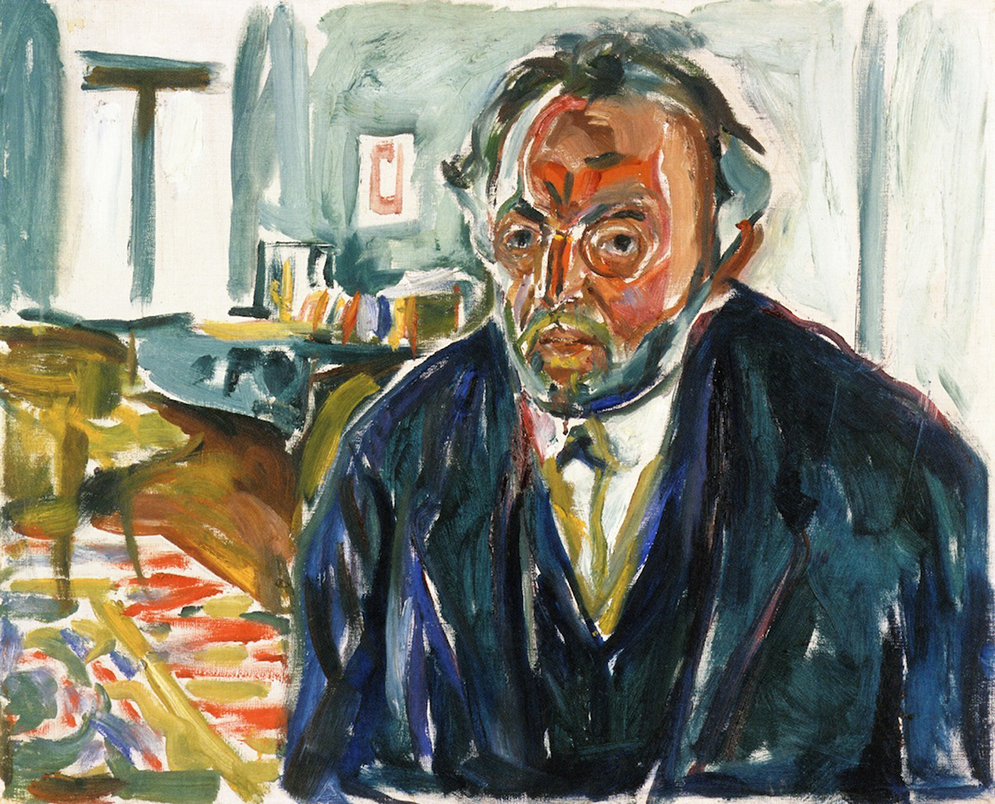
1919
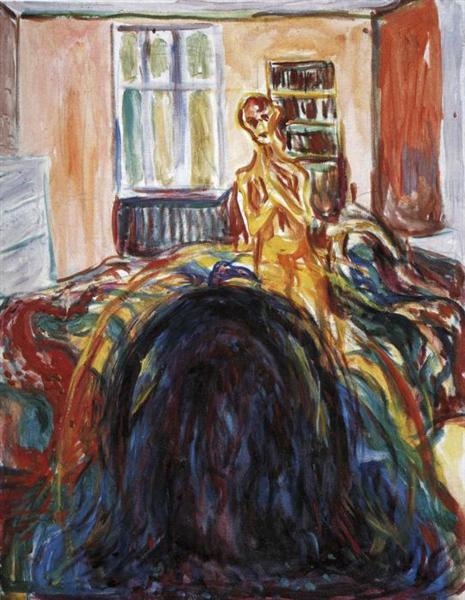
Edvard Munch
Date: 1930
Bordering on Insanity?
During the 1890’s and 1900’s Munch repeatedly defended himself against the charges of insanity and mental illness. However he had feared that he was genetically marked by mental illness from his father.
Munch wrote, “My father was temperamentally nervous and obsessively religious—to the point of psychoneurosis. From him I inherited the seeds of madness. The angels of fear, sorrow, and death stood by my side since the day I was born”.
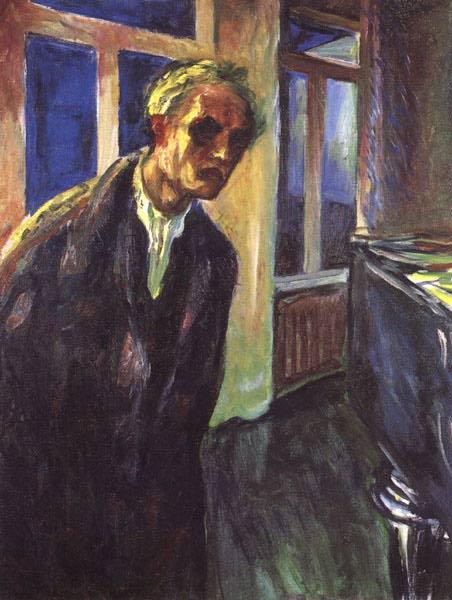
Edvard Munch
Original Title: Selvportrett. Nattevandreren
Date: 1923 – 1924
Breakdown
In the autumn of 1908, Munch’s anxiety, compounded by excessive drinking and brawling, had become acute. As he later wrote, “My condition was verging on madness—it was touch and go.”
Experiencing hallucinations and feelings of persecution, he entered a clinic for eight months and received therapy which included diet and “electrification.” Munch’s stay in hospital stabilized his personality, and after returning to Norway in 1909, his work became more colorful and less pessimistic.
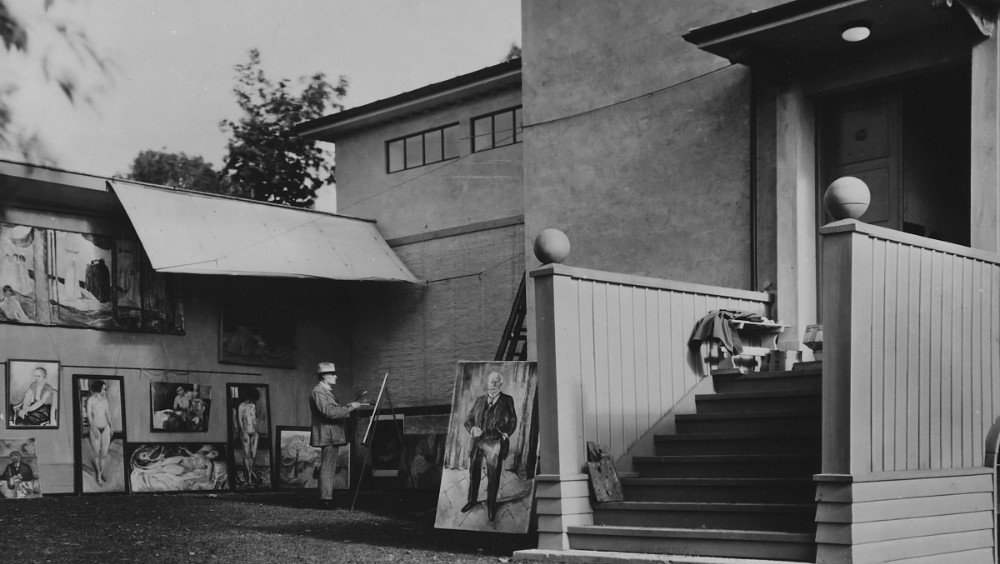
Later Years and Solitude
Munch never married and spent most of his last two decades in solitude at his nearly self-sufficient estate in Ekely, at Skøyen, Oslo. At this time he was a renowned and wealthy artist. Many of his late paintings celebrate farm life, including several in which he used his work horse “Rousseau” as a model. To the end of his life, Munch continued to paint unsparing self-portraits, adding to his self-searching cycle of his life and his unflinching series of takes on his emotional and physical states.
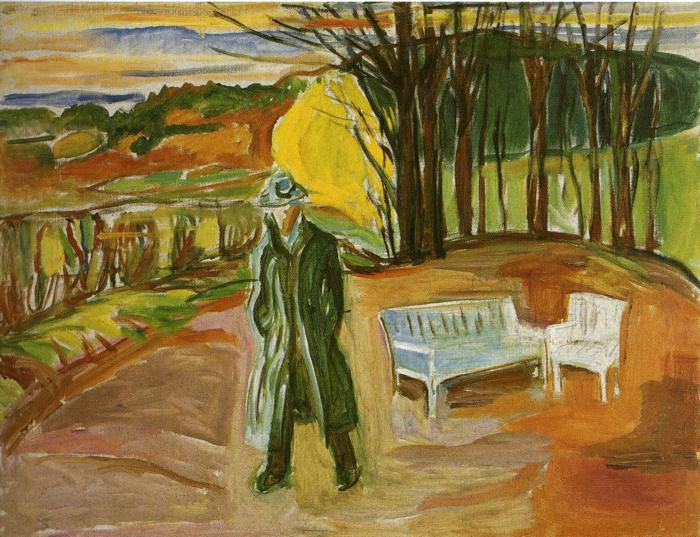
Edvard Munch
Date: 1942

Edvard Munch
Date: 1916
Upon his death in 1944 in Norway, at the age of 80, the authorities discovered—behind locked doors on the second floor of his house—a collection of 1,008 paintings, 4,443 drawings and 15,391 prints, as well as woodcuts, etchings, lithographs, lithographic stones, woodcut blocks, copperplates and photographs.
All his works of art were bequeath to the city of Oslo in Norway.
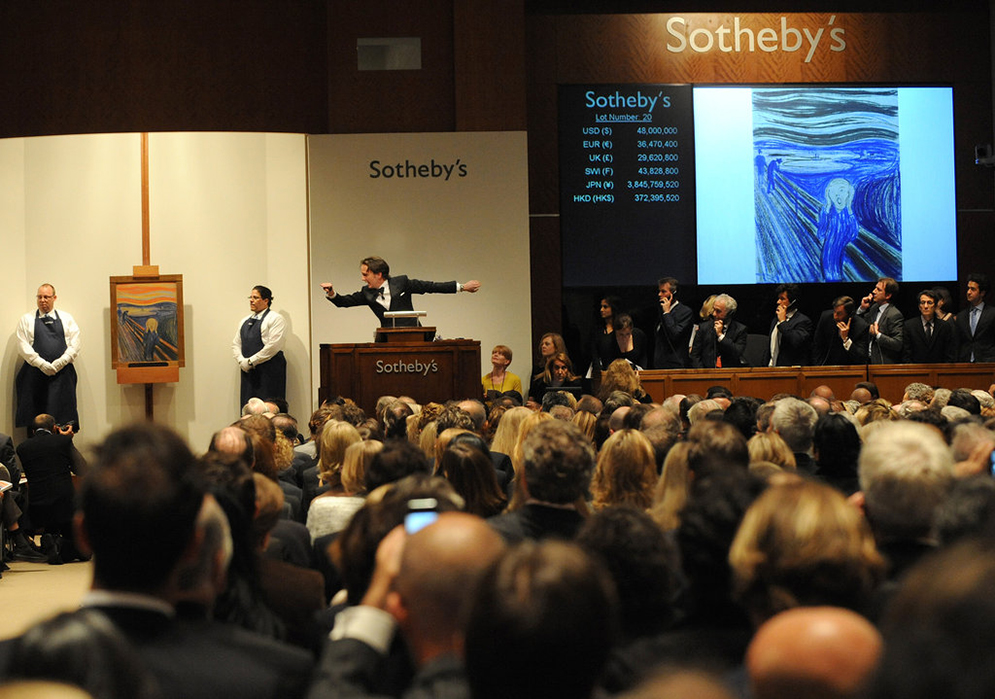
In May 2012, The Scream sold for $119.9 million, and is the second most expensive artwork ever sold at an open auction. (It was surpassed in November 2013 by Three Studies of Lucian Freud by painter Francis Bacon, which sold for $142.4 million)




